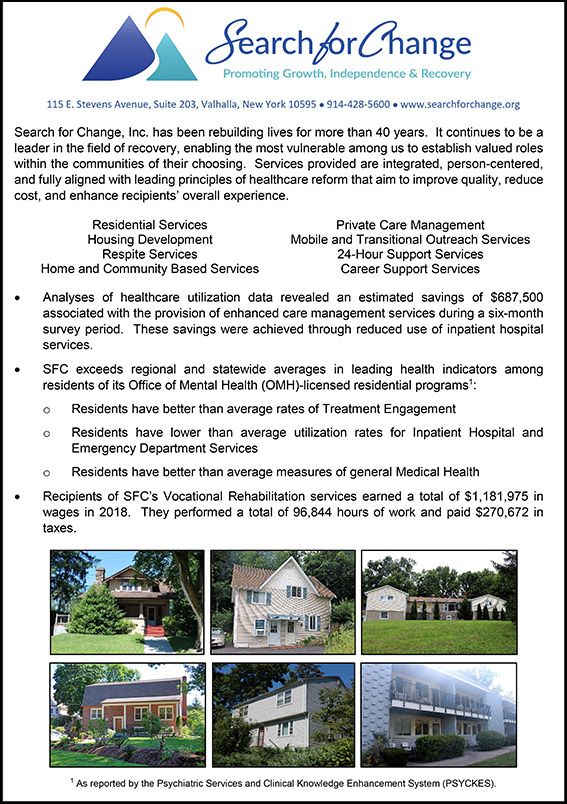Former Surgeon General Dr. Vivek H. Murthy described loneliness as an epidemic long before the Coronavirus emerged and disrupted relationships in ways we might never have imagined (McGregor, 2017). Despite extraordinary advances in telecommunications technologies that have enabled us to connect in ways that were previously inconceivable, rates of loneliness have doubled during the past 40 years (Murthy, 2017). Dr. Murphy’s assertion was underscored by the findings of a 2018 national survey that revealed nearly half of Americans report sometimes or always feeling alone (Cigna, 2018). Another survey that included more than 20,000 respondents elucidated certain factors underpinning this epidemic and directed researchers’ attention to others that warrant further investigation. Participants in this study who reported satisfactory levels of social support from family members and friends were less inclined to experience loneliness, whereas those who reported social anxiety, self-assessed social media overuse, and daily use of text-based social media (e.g., Twitter) were more prone to loneliness (Bruce, Wu, Lustig, Russell, & Nemecek, 2019). These findings are consistent with what some have termed a “loneliness paradox” that has emerged during our era of hyper-connectivity. That is, in embracing social media, videoconferencing, and other modern communication marvels we might have inadvertently amplified our collective experience of isolation (Katz, 2020).

Ashley Brody, MPA, CPRP
An extensive body of research has confirmed an association between loneliness and use of social media, but many authors have cautioned readers to not conflate correlation with causality or, at the very least, to recognize the direction of causality remains unclear. In other words, social media use might not produce loneliness per se. Instead, those susceptible to it might turn to social media as a potential antidote to their isolation. Nevertheless, researchers at the University of Pennsylvania recently addressed the matter of causality through an investigation that employed an experimental design in which participants were randomly assigned to one of two groups. Those in the first (i.e., experimental) group were asked to limit their social media consumption to ten minutes per day. Those in the second (i.e., control) group were asked to consume social media with their usual frequency. Participants in the experimental group reported significant decreases in depression and loneliness during the term of the study (Hunt, Marx, Lipson, & Young, 2018). The findings of one investigation, however rigorous its design, constitute an insufficient basis from which to draw definitive conclusions, but they are consistent with others that implicate “excessive” social media use in the loneliness epidemic.
Other factors are presumed to contribute to our plight. Most individuals experience fewer opportunities for authentic interpersonal connections than their forebears. More than a quarter of the U.S. population lives alone, and the average household size is shrinking. Fewer Americans are married, having children, or partaking of communal activities. For instance, participation in religion and volunteer work has decreased in recent decades (Holt-Lunstad, 2020). In addition, characteristics unique to American and other Western cultures might exacerbate our actual or perceived disconnectedness. One study examined differences in the experience of loneliness across cultures and interactions between loneliness and select variables of interest. One of these variables, a culture’s placement along an “individualism-collectivism” continuum, was predictive of participants’ loneliness. Those who reside in individualistic cultures (such as the United States) that promote such qualities as independence and self-sufficiency were more vulnerable to loneliness than individuals who inhabit collectivistic cultures (Barreto et al., 2021).
The foregoing factors, when coupled with the onset of a pandemic that necessitates social isolation in order to ensure (physical) health, make for an unhappy confluence that has enhanced our separation and deepened our disconnection. And this has come at a considerable cost that exceeds the ennui or emotional discomfort so often associated with loneliness. A substantial body of evidence suggests loneliness is associated with chronic and comorbid health conditions and an elevated risk of mortality. One meta-analysis revealed a significant correlation between poor social relationships and the incidence of coronary heart disease (CHD) and stroke. Poor social relationships were associated with increases of 29% and 32% in the incidence of CHD and stroke, respectively (Valtorta, Kanaan, Gilbody, Ronzi, & Hanratty, 2016). In addition, a study in Finland revealed a strong correlation between rates of alcohol-related mortality and decedents’ residential status. Approximately two-thirds of those who died of alcohol-related illnesses lived alone before they died (Herttua, Martikainen, Vahtera, & Kivimӓki, 2011). Although living alone is not necessarily tantamount to isolation and attendant loneliness, the relative prevalence of alcohol-related mortality among study subjects who lived alone led the authors to consider it a prominent risk factor. Moreover, a significant increase in the incidence of suicide in recent decades has been well established, and many factors have been associated with this tragic trend including unemployment, poverty, and an enduring epidemic of opiate misuse and abuse. One epidemiologist has also cited social and geographic isolation, diminished emotional support, and an absence of clinically appropriate treatment opportunities as prominent components of the suicide epidemic (Baldessarini, 2019). These factors are regarded by some as proxies for loneliness.
In view of the exorbitant costs and collateral effects associated with loneliness, policy makers and other stakeholders might institute interventions across various domains that would mitigate it, especially during an infectious disease pandemic that has intensified our collective disconnection. One author advocates a “Social in All Policies” approach akin to the “Health in All Policies” (HiAP) platform endorsed by the World Health Organization (WHO) (Holt-Lunstad, 2020). The latter emphasizes the inclusion of various Social Determinants of Health (SDoH) in the policymaking process, but it does not directly address the deleterious effects of social isolation and loneliness. Policies that promote whole health among individuals and populations must do so if they are to achieve their stated aims.
Ashley Brody, MPA, CPRP, Executive Director at Search for Change, may be reached at (914) 428-5600, Ext. 9228 or at abrody@searchforchange.org.







